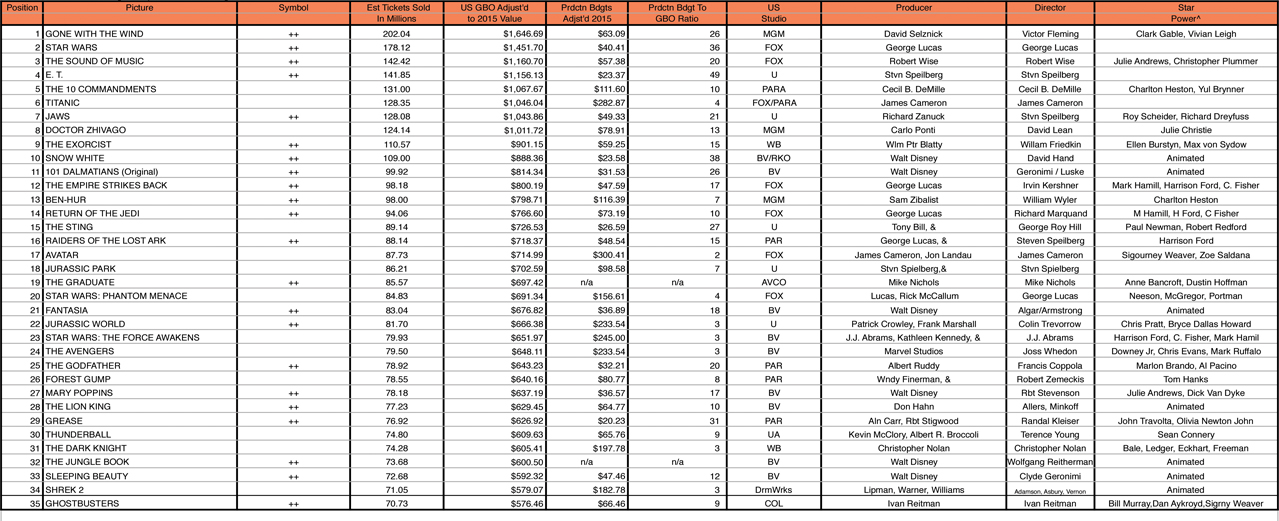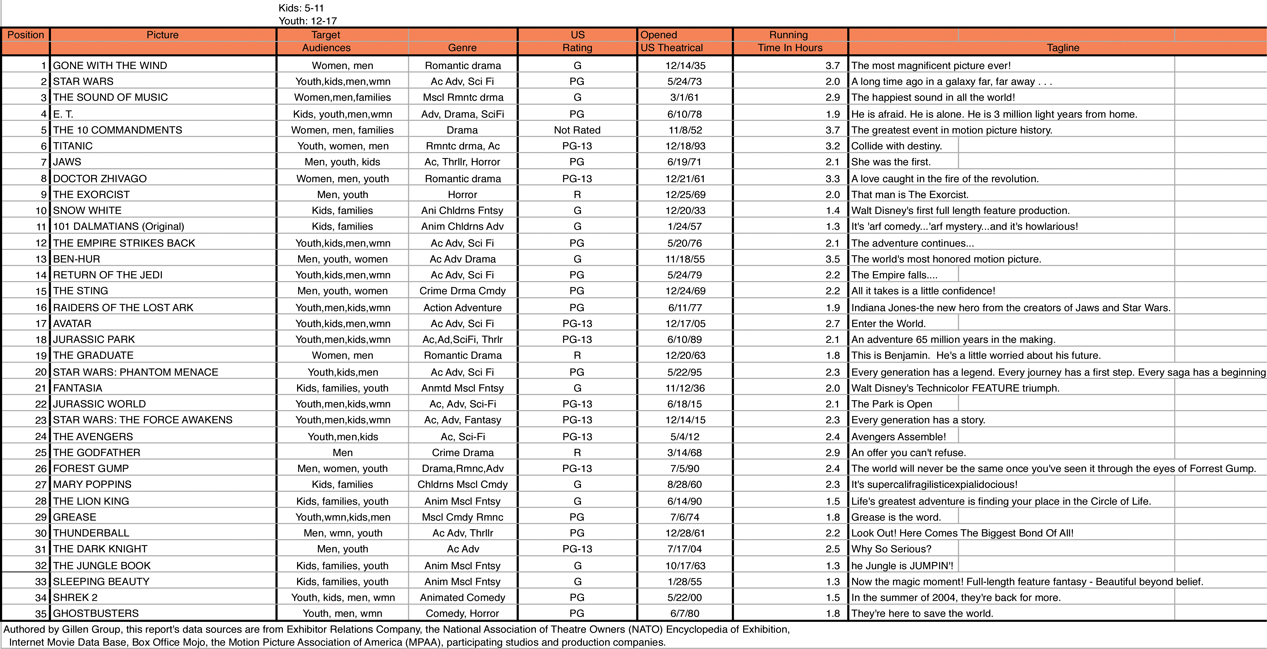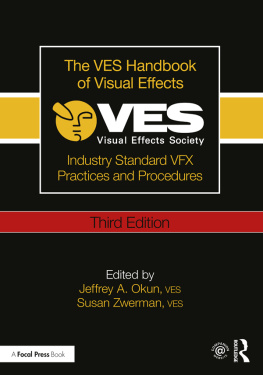Fourth edition published 2018
by Routledge
711 Third Avenue, New York, NY 10017
and by Routledge
2 Park Square, Milton Park, Abingdon, Oxon OX14 4RN
Routledge is an imprint of the Taylor & Francis Group, an informa business
2018 Taylor & Francis
The right of John J. Lee, Jr. and Anne Marie Gillen to be identified as the authors of this work has been asserted by them in accordance with sections 77 and 78 of the Copyright, Designs and Patents Act 1988.
All rights reserved. No part of this book may be reprinted or reproduced or utilised in any form or by any electronic, mechanical, or other means, now known or hereafter invented, including photocopying and recording, or in any information storage or retrieval system, without permission in writing from the publishers.
Trademark notice: Product or corporate names may be trademarks or registered trademarks, and are used only for identification and explanation without intent to infringe.
First edition published by Focal Press 2000
Third edition published by Focal Press 2011
Library of Congress Cataloging in Publication Data
A catalog record for this book has been requested.
ISBN: 978-1-138-05092-1 (hbk)
ISBN: 978-1-138-05093-8 (pbk)
ISBN: 978-1-315-16857-9 (ebk)
Visit the eResources page:
www.routlege.com/9781138050938
Chapter
Reports, Data, & Producer Principles
Introduction
This chapter presents and analyzes industry data particularly useful to independent producers, presents information sources that enable producers to connect with and apply this data to their projects, and brings together the cornerstone principles presented in this book that form the independent producers most predictable foundation for success.
Entertainment Industry Statistics and Reports
Millions of dollars are at stake in the U.S. alone on how well most projects open. This is especially true of English speaking theatrical motion pictures, but also applies to made for VOD, premium and free television series and specials, video games, et al.
Since its lifetime of earnings are on the line, all information is acquired and used that can inform, influence, and inspire its campaign creators, media planners/buyers, and PR specialists (especially Internet) to drive audiences to the premier.
The long-term effect is so valuable that in the U.S. it is common to spend $40 million to $80 million in media buys alone to sufficiently brand each motion picture prior to its theatrical premier.
Upon each projects premier, the studios review reports hourly on opening day and multiple times per day throughout its opening weekend. This data informs an unseen marketing commando group as to how they will modify and sometimes completely recreate PR, advertising, and their media buys.
Before distributors are even aware of a project, its producer(s) use entertainment data and the reports derived from it to more accurately identify and forecast their projects target audiences, ancillary products, brand partners, global earnings, and optimal marketing strategies, among other highly beneficial information.
Every projects release, regardless its success, provides lessons for producers and distributors.
The primary elements affecting a projects earnings include the following:
- The creative heat of each projects pre-premier campaign to plant the brand as must-see or must playand drive enough of them to do so on opening day to ignite viral social media.
- The campaigns creative teasing strength to pull in its target audience.
- Assuring the media buy is beyond the minimum reach and frequency (Gross Rating Points) required to catalyze the target audience to action.
- Employing as much focus and money as possible into alternative branding methods using events, social-causes, competitions and other events, mash-ups, and games (especially mobile) that are more organic to life, interactive, and consequently have deeper and broader branding impact than conventional ads and purchased media. As these become the dominant branding means, old-school commercials and media buys will naturally render the project being branded appear weaker, less important, and more out than in.
- The effect of other project(s) opening the same day that are competing for the same target audiences. Also, the effect of projects premiering within three weeks before and after. If the competing project is close to equal in branding and audience-satisfaction strength, this competing project may actually stir higher earnings than if there were no competition.
- If a motion picture, the theatrical release pattern (including which theaters and which screens within the multiplex are booked and how many); or if a video game, where it is available, its placement, ease of download, and purchase.
- The season in which the project is released, the time of year and (for motion pictures) the weather during play).
- The projects audience satisfaction for each target group.
- Especially peer, and to an increasingly lesser impact, critical reviews.
All of these aspects are important tracking considerations in analyzing why projects succeed or fail to the extent they do. These aspects should be considered during all phases of each projects development, production, marketing, and distribution planning. In addition to these aspects, producers are well served when taking stock of each projects:
- Target audience sizes & overall consumption profiles in each major territory.
- The use of star performance and name advantage in each major territory.
- The directors creative contribution and name advantage in each major territory.
- The effect, if any, of a projects genre.
- Its MPAA and other ratings in each major territory.
- The effect of a projects running time (if theatrically released).
Data on several projects, side by side, tell a story that can be used for realistic analysis. Knowledge truly is power, and to know each projects strengths and weaknesses allows both producers and distributors in each territory to release/brand projects in ways assuring their optimal success.
The Most Successful Motion Pictures Ever Released in the United States
A limited profile of some important characteristics of the 35 most successful motion pictures ever released in North America is shown in . To assess these projects fairly, each project is positioned according to its inflation-adjusted gross box office, with the number of tickets sold being estimated by dividing the inflation-adjusted gross box office by the inflation-adjusted average ticket price.

The most successful U.S. motion picture releases of all time.

Figure 16.1b The most successful U.S. motion picture releases of all time.
Because projects on this list range from 1935 to 2015, our evaluation should be tempered by the vast changes in the entertainment universe during this time. Although there are many more important revelations to be discovered in analyzing this document, we will consider a few that appear the most beneficial to producers and distributors.
Box Office Weighted by Gross Profit Figures
This report, in keeping with the industry standard of ranking each project by its box office dominance, places Gone with the Wind in the first position. For producers, this report would be misleading if it did not also show each projects production cost, and its box-office-to-production-cost ratio, adjusting these budgets to a 2015 currency value. If this chart listed these projects by their gross profit, E.T., Snow White and the Seven Dwarfs, and Star Wars would be the leading three projects, with Gone with the Wind slipping to the sixth position.










